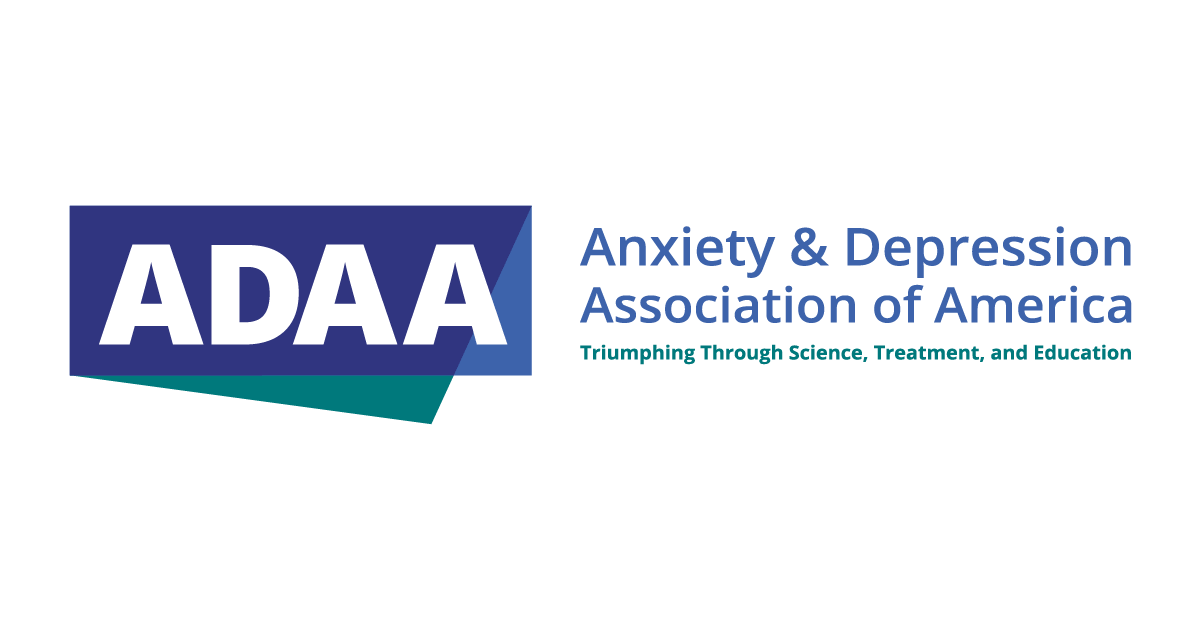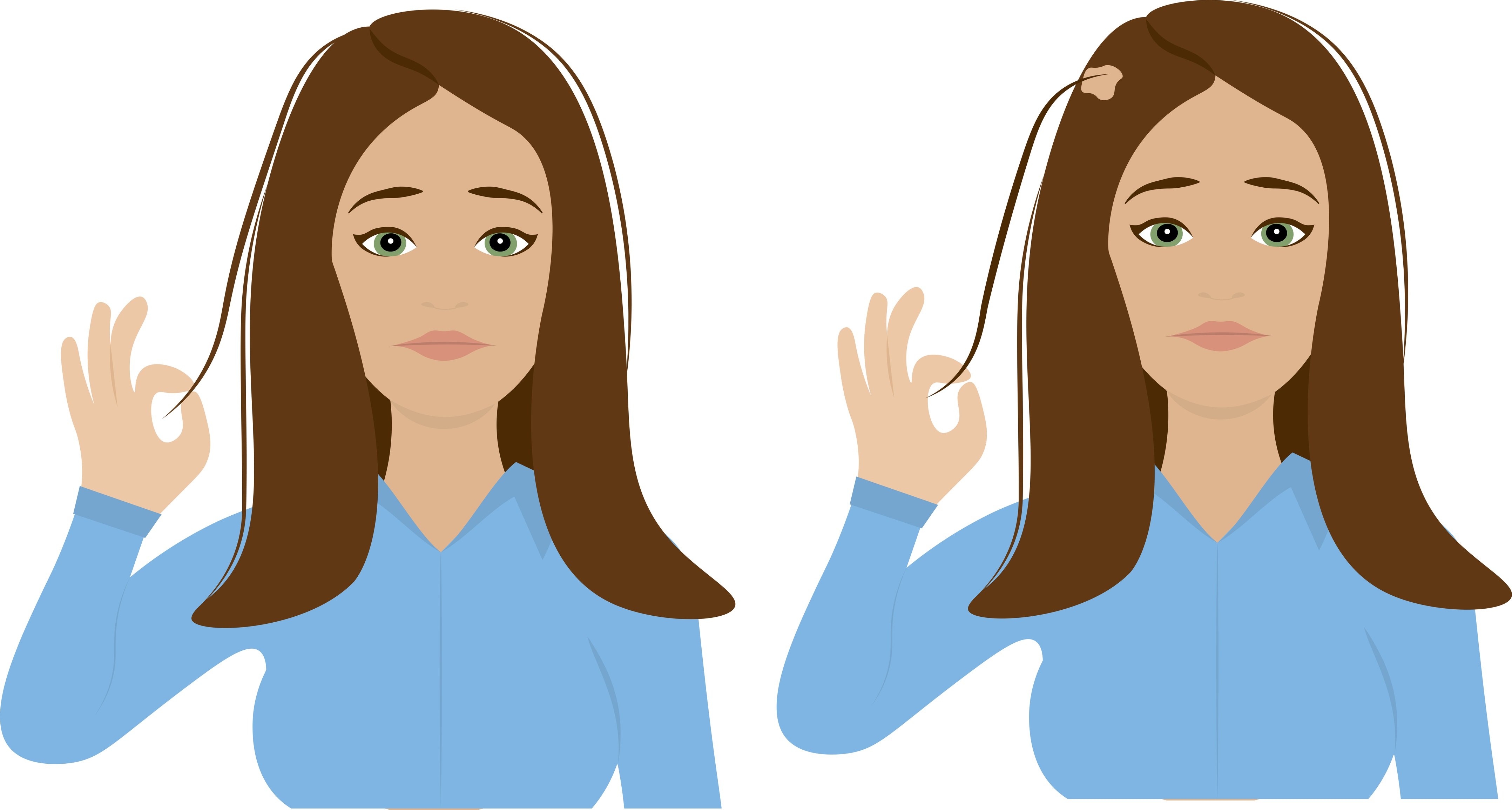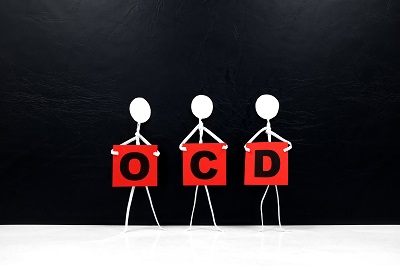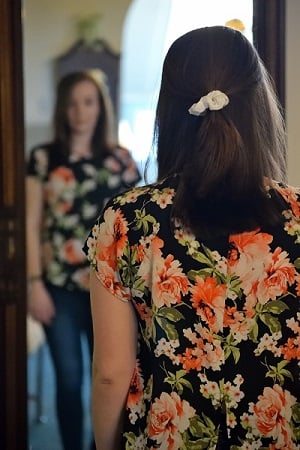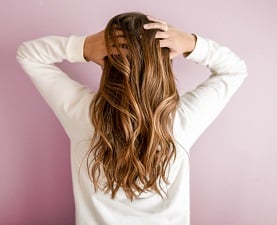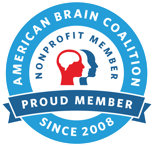
Resources
Treatment
Residential Treatment Centers
A residential treatment center (RTC), sometimes called a rehab, is a live-in health care facility providing therapy for substance abuse, mental illness, or other behavioral problems. Please note that there are very few in-patient residential treatment centers that focus on anxiety and depression. Most centers focus on substance abuse.
